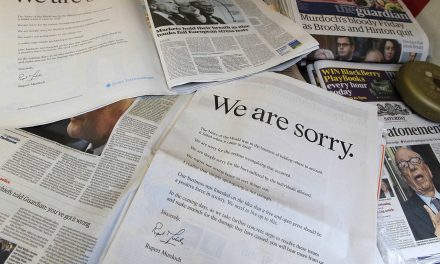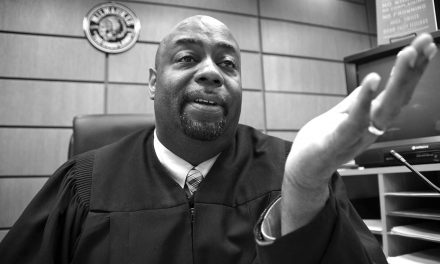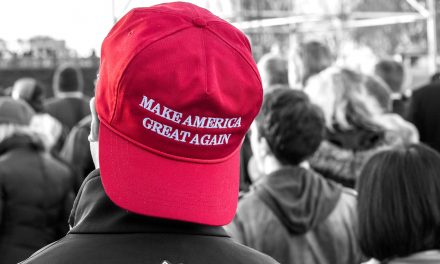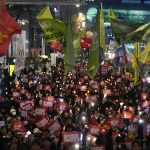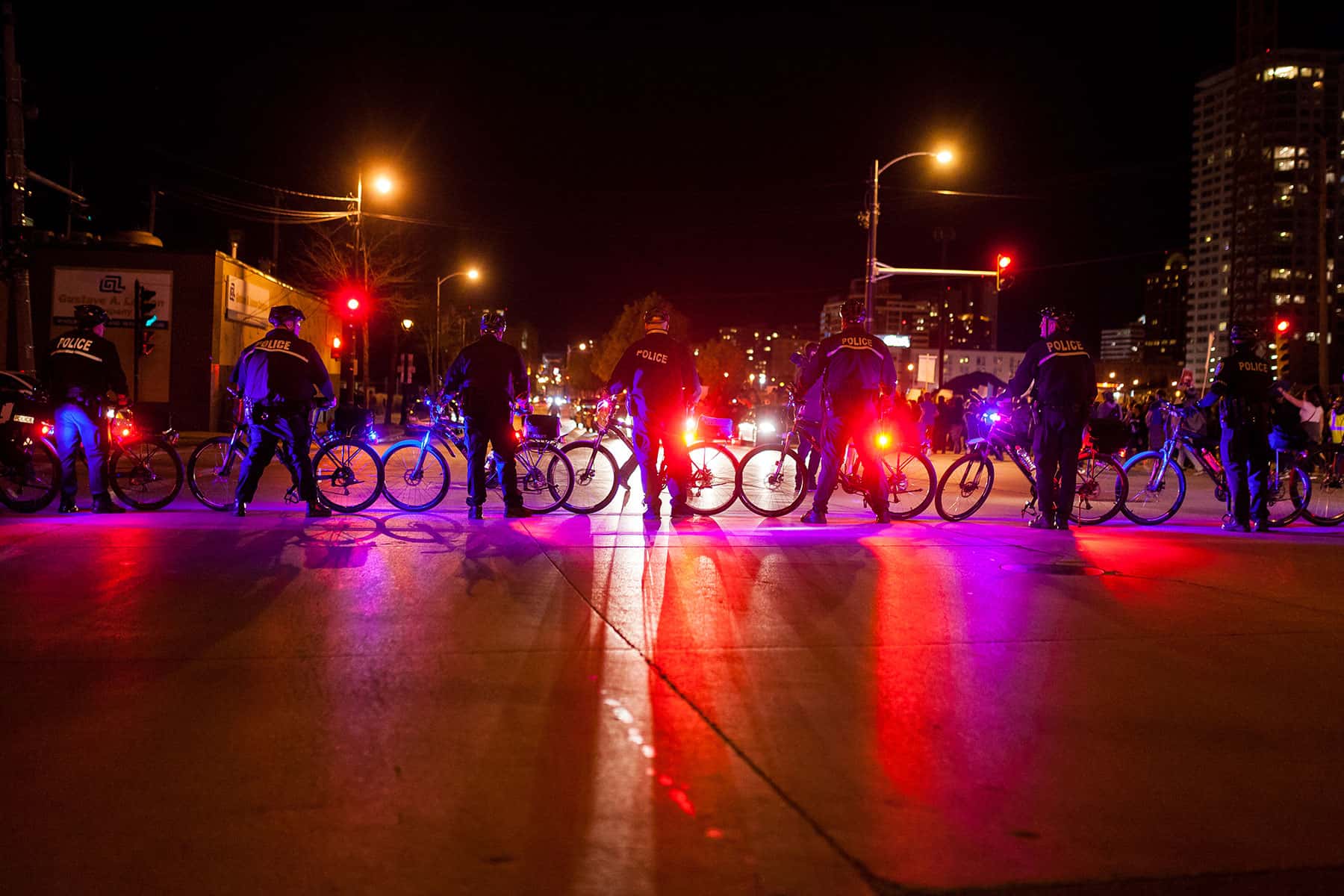
Near the end of the Milwaukee Bucks playoff game against the Boston Celtics three people were shot near the Deer District on Friday night on North Dr. Martin Luther King Drive and West Highland Avenue.
Two of the victims were transported to the hospital by the Milwaukee fire department and another victim drove herself to the hospital. A second shooting occurred when a 20-year-old man was shot on Water and Highland. Less than one hour later, gunshots rang out on Water and Juneau. Police report that seventeen people were shot in this third incident.
The police took a 19-year-old man into custody for the first shooting and arrested 11 people and recovered 10 firearms in the third shooting, an apparent shooting by “a couple of groups” who were exchanging gunfire according to the police department.
What should have been an evening of joy ended with people running for their lives on one of the warmest nights of the year. Fortunately none of the victims died. It could have been significantly worse. These shootings downtown are part of a pattern of similar shootings around the city over the past few years. There were two murders in the downtown bar district earlier this year when Shannon Freeman and Krystal N. Tucker were shot to death in separate incidents.
After just 88 murders recorded in 2014, there was a huge spike to 146 in 2015, followed by 141 in 2016. That number dropped to 119 in 2017, 101 in 2018 and just 98 in 2019 according to the Milwaukee Journal Sentinel Homicide database. Milwaukee recorded a record number of murders (190 in 2020, 197 in 2021), the past two years.
If current trends continue the city will break the record once again. Shootings have been on the rise for a number of years in the city according to the Milwaukee Police Department. Our excellent trauma teams at local hospitals have save the lives of a significant number of people shot in the city. Milwaukee is not an outlier. The same things are happening all over the country in big cities and smaller communities as well.
As city leaders and community members grapple with this ugly night downtown there is a lesson to learn. The problems of any part of Milwaukee can easily spill over into other parts of the city. Any part of the city that is ill can lead to illness in other places. I describe it like a person with a bad heart.
Eventually that bad heart will impact other organs if not taken care of. The festering wounds of the Black community have been ignored by those who live in other parts of the city for decades. Now that those problems are cropping up in other places, that seemed to be immune and “safe,” the city will have to reckon with the impact of decades of disinvestment in the Black community.
Leaders and residents in the Black community have been calling out for help to deal with rising rates of poverty, lack of access to family supporting wage jobs, an ineffective school system, a lack of concern for those with mental health issues and a myriad of other problems with little empathy coming from the rest of Milwaukee for the most part.
Now it is clear, we are all in this together. We can’t stand by and pretend these are other people’s problems in “those other neighborhoods.”
The city owns these problems. From the epidemic in reckless driving to children being murdered, all of us must find a way to help fix what ails Milwaukee. The solutions will not be easy. The problems have taken decades to create and will certainly take a significant amount of time to remedy.
Our elected officials and the police department cannot fix the problems alone. They are without doubt part of the solution. Community leaders, business leaders, our school leaders and many others must stop bickering and rally together to demand real change. We are in a crisis and there is no room for equivocation. Commissions and committees to study the problems are not the path out of this. We been there and done that.
It is time we put our money where our mouth is and implement the suggestions in the Blue Print For Peace that the Office Of Violence Prevention created with input from stakeholders for the community and leadership of the city.
Simply having a plan and not using it will not work. Despite the plan being comprehensive, it alone can not suffice either. There is so much more that needs to happen for us to turn the tide. We have enough concerned, engaged, intelligent people in the city to do something. The question is do we have the resolve and real desire to do what is necessary.
We have stood by and watched the Black community deteriorate since the manufacturing jobs left neighborhoods barren wastelands. The city was content doing nothing to repair those neighborhoods. The city was content with a school district that was losing students, funding, and qualified teachers and did little to help.
Now that the Deer District, a place that united Milwaukeeans during the Bucks championship season, is now the scene of what some of the other parts of Milwaukee see daily, will we do something different?
Will this be the incident that sparks real change? Why does a series of incidents downtown wake us up, when shootings in the central city do not? These are all questions we must find answers to Milwaukee.
© Photo
Dаvіd Lаuеrsdоrf

